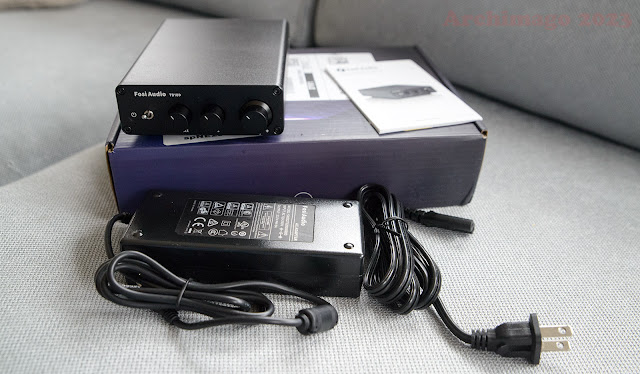Not much time this week to play with the toys as I'll be heading off on vacation for a few weeks. However, I did receive the Fosi Audio TB10D [Updated Version] (<US$80) above recently that I wanted to use as an inexpensive "utility" amplifier for various measurements and experiments. It's also based on the TI TPA3255 Class D chip amplifier; same as the AOSHIDA A7 recently reviewed.
As you can see in the unboxed picture above, there are no frills, just the amplifier and a 32V/5A power supply (same specs as AOSHIDA).
This is the "Updated Version" with improvements as discussed by the Cheap Audio Man back in late 2022. Presumably this update was released around September or October 2022. I see ASR measured this amplifier in September 2022 - not sure which version that was. I purchased this amp from the usual retail channels.
Due to the time constraints, I'll focus more on "core" measurements and compare especially to the AOSHIDA.


